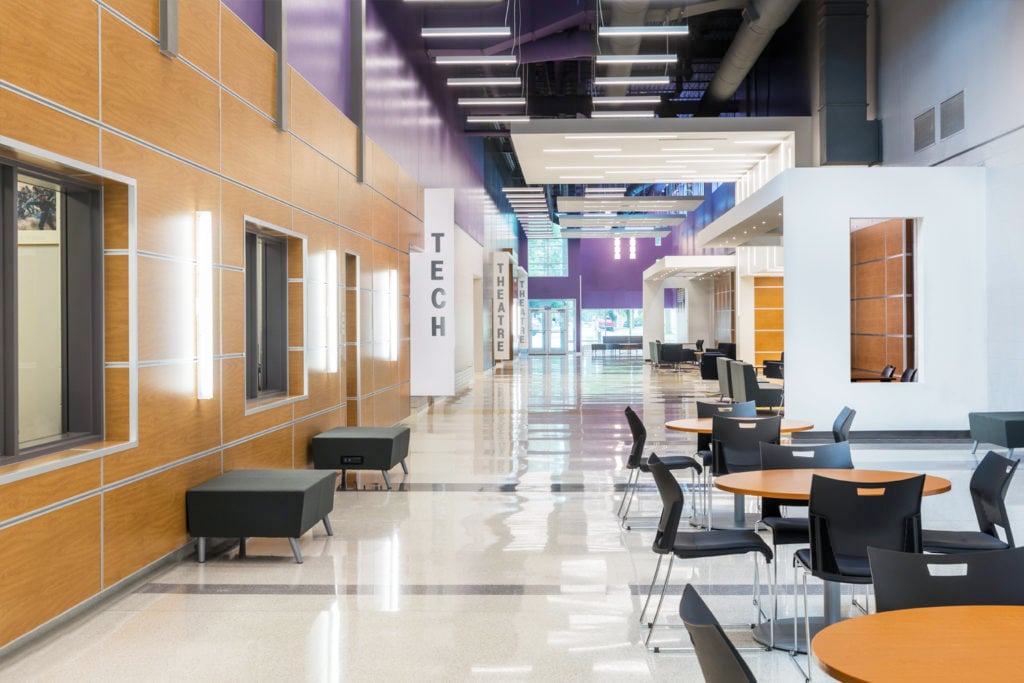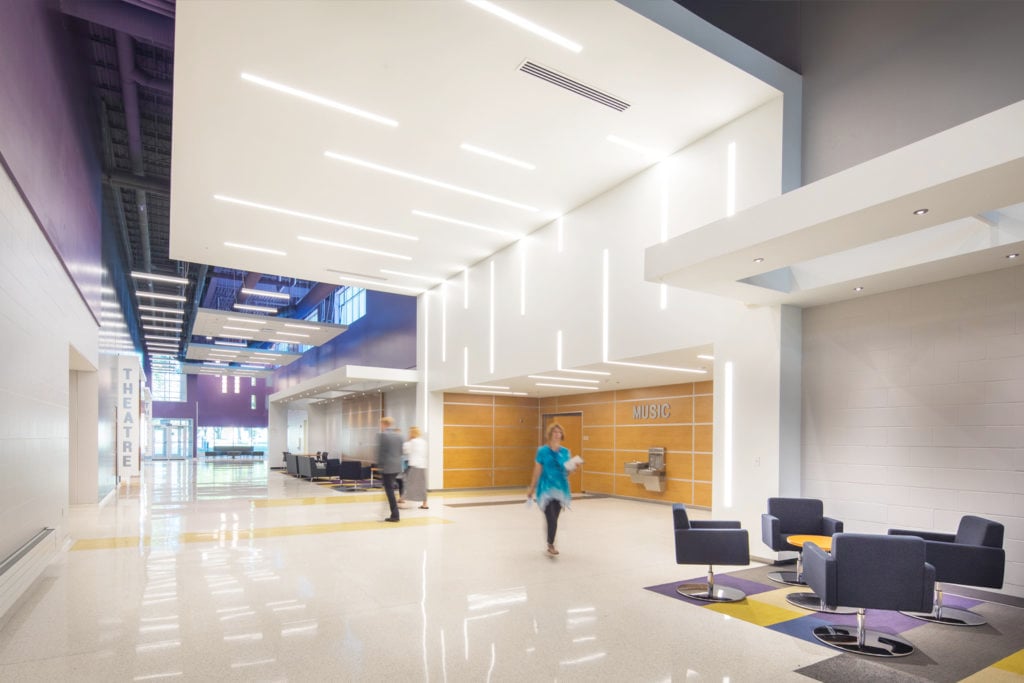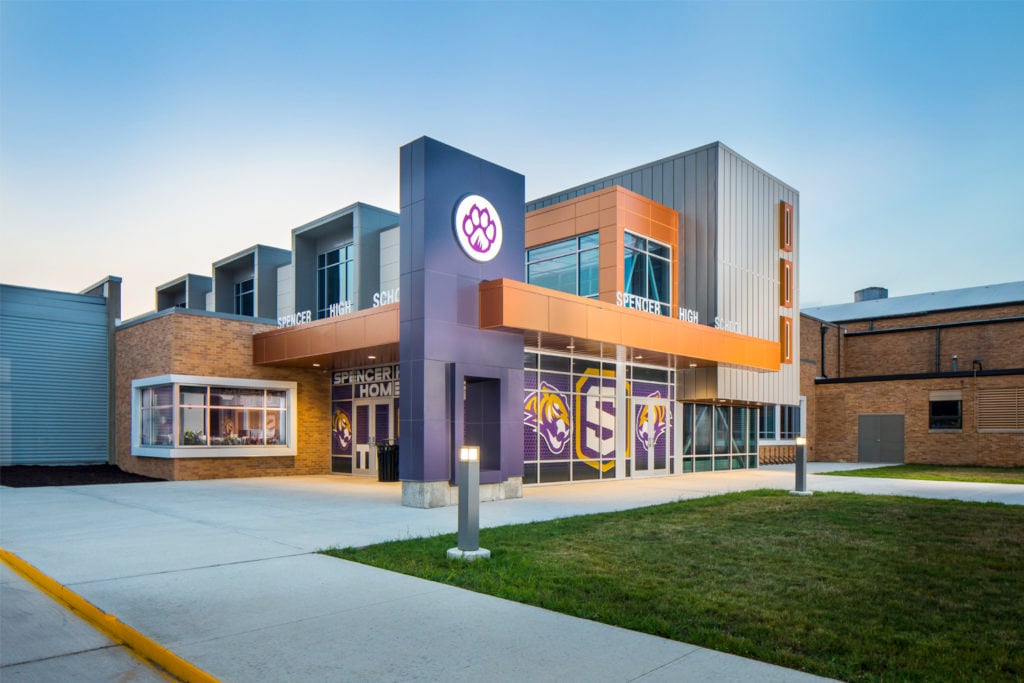Winston Churchill is quoted as saying, “We shape our buildings and afterward our buildings shape us.” The first part is obvious—architects create buildings. We design them, build them, furnish them and people ultimately occupy them. It’s the second part of his quote that is more intriguing. How do buildings shape us?
The Importance of Taking Time to Discover During Building Planning
There’s a reason the first step of our Upward Thinking process is called Discover. It’s primarily a listening and learning phase. Whether we’re designing a new cafeteria, athletic complex, elementary school, or auditorium, we start by learning about the people who will use it. It’s in this crucial step—before any building design is done—that we explore how students, staff, and faculty are using the current building they occupy. What’s working? What’s not working? What’s missing? We also explore how a new building can work more efficiently for them—or be more inspiring for the work they’re doing. Our goal is to turn Churchill’s quote a little on its head and make sure everyone can use the building in a way that suits their needs, rather than having to adapt movements and workflow to a sub-optimal building design.
Space Can Change Behavior
Sometimes we learn that people have adapted to problems within their old space—creating habits that aren’t efficient and shouldn’t be brought to the new space.
- Staff members don’t use the stairs because they’re cold, dark, and noisy.
- Students use a service entrance because it’s closer to their natural walking path than the main entrance.
- Faculty store materials in multiple locations because there isn’t adequate storage near their classroom or office.
It’s important to shape the new space in a way that creates greater efficiency and encourages these old habits to fade away. We look at the priorities of each user group and find creative ways to solve old problems. Not only does this make the space work better for everyone, but it prevents those bad habits from migrating to the new space! When that happens, we truly are designing the building to reshape its occupants—but for the right reasons.
Space Can Impact Mood
One other way that K12 building design plays off the second half of Churchill’s quote is how materials and light can impact the mood of those using the building. Studies show that natural light can significantly elevate peoples’ moods. You see this more and more in modern building design with large windows positioned to provide maximum light. Or atrium spaces in common areas of school buildings. The availability of natural light can also impact the interior spaces resulting in lower partitions in a media center or all-glass offices in the administrative area to allow light to flow more freely through the space.
Exteriors of Buildings Impact People as Well
It’s not just interior spaces that impact mood. A building’s exterior is our preview of what to anticipate when you walk through the front doors. The overall aesthetic of the exterior can inspire creativity for students and provide a statement to visitors. Color. Shape. Materials. Size. All of these factors evoke emotion in people as they pass by or approach a building. Taking time to learn about what we want them to feel as they view or enter the building is an important first step. Taking cues from existing buildings when designing new facilities provides a sense of continuity and symmetry to school grounds.
We Shape Our Buildings. Then They Shape Us.
In the end, Churchill was right. We do shape our buildings and afterward, they in turn shape us. The trick is ensuring that how we shape the buildings has a positive impact on how those buildings and spaces will later shape us.









